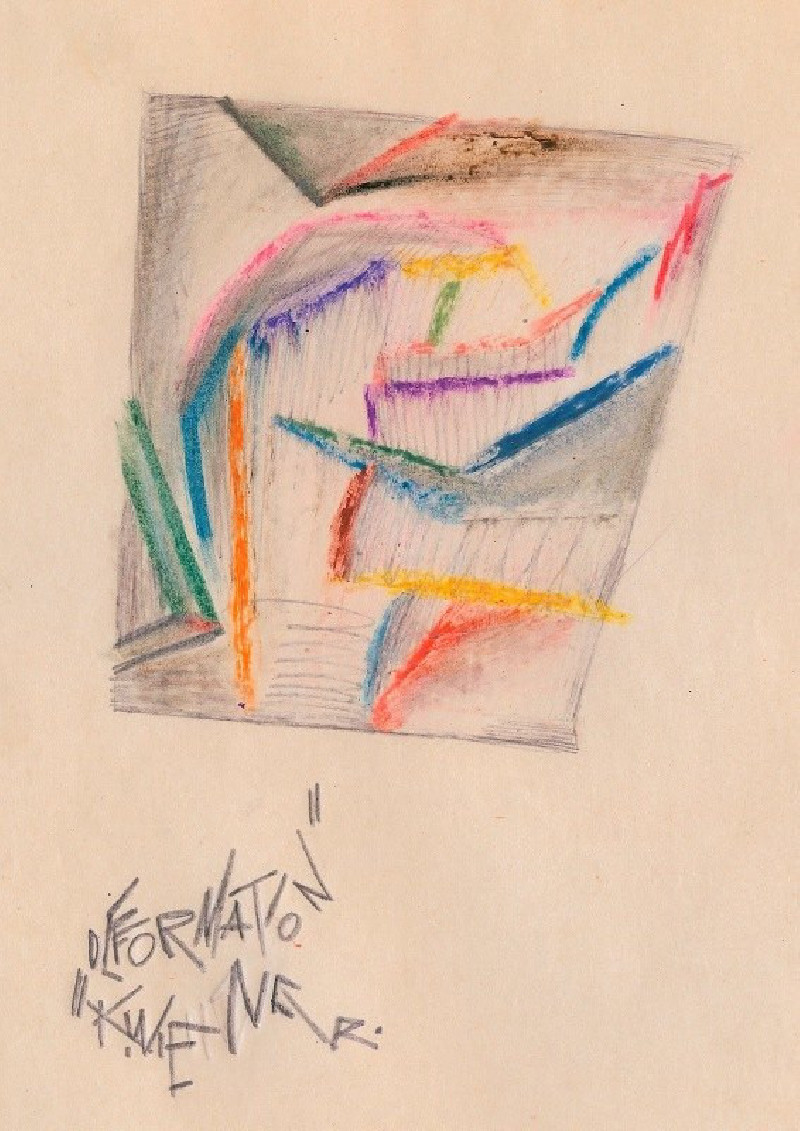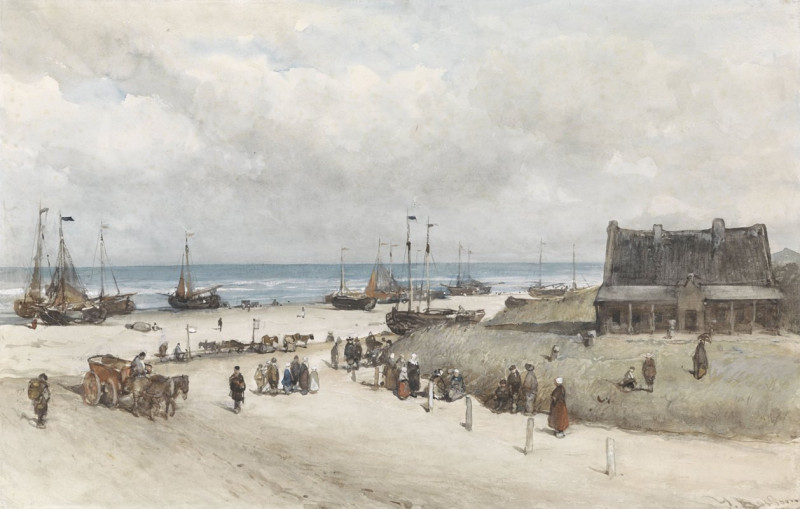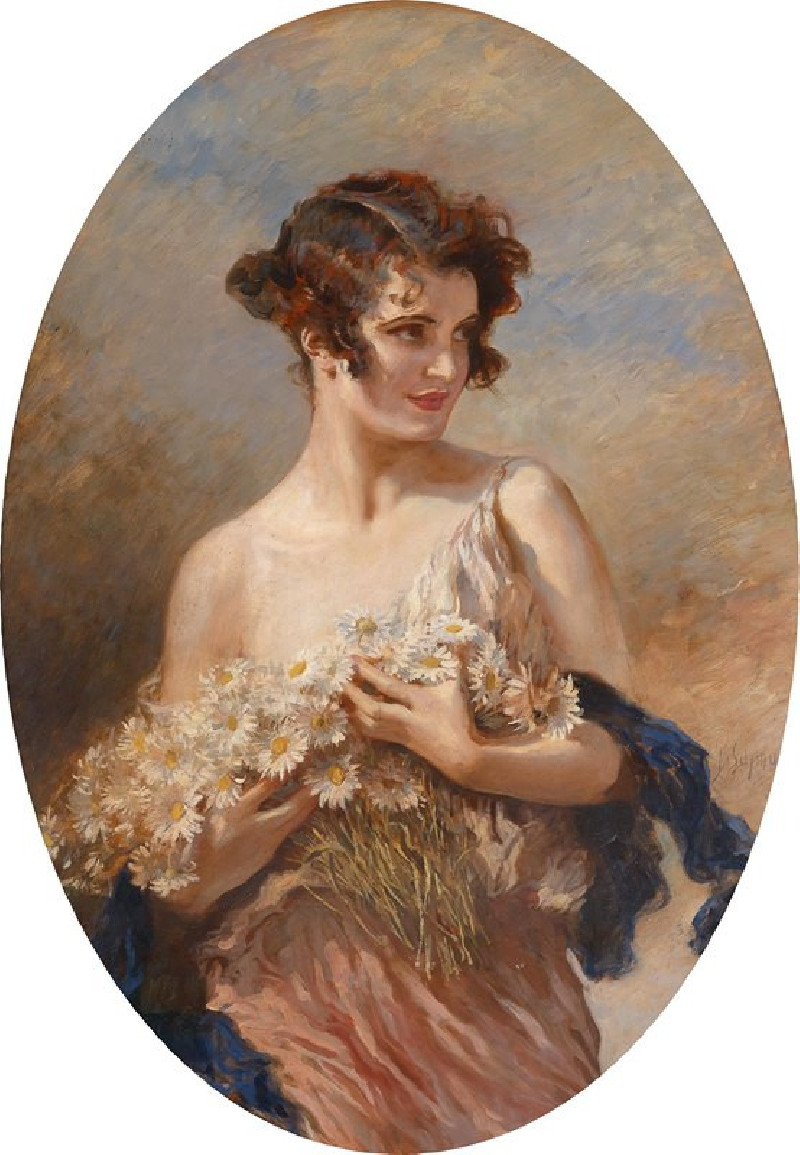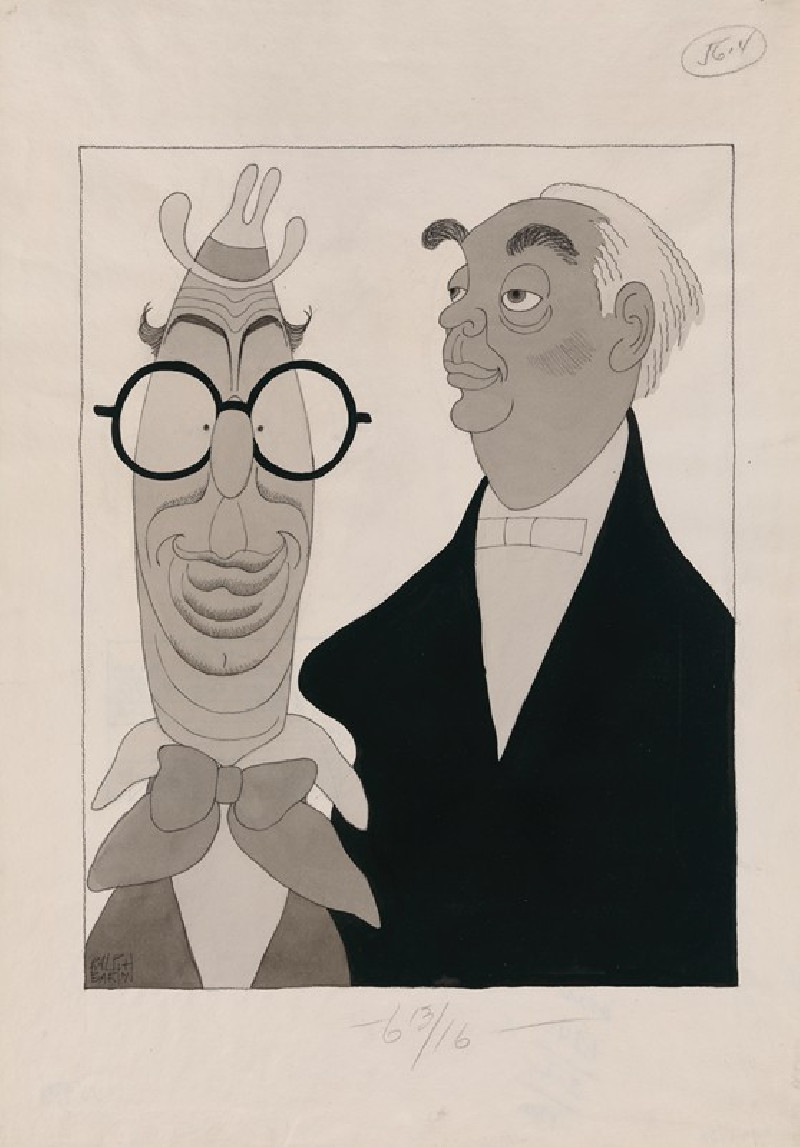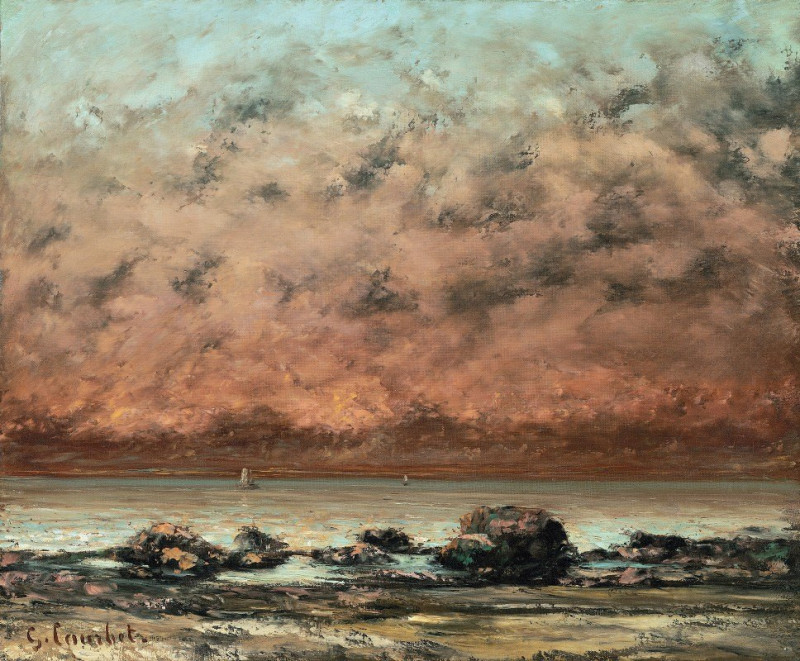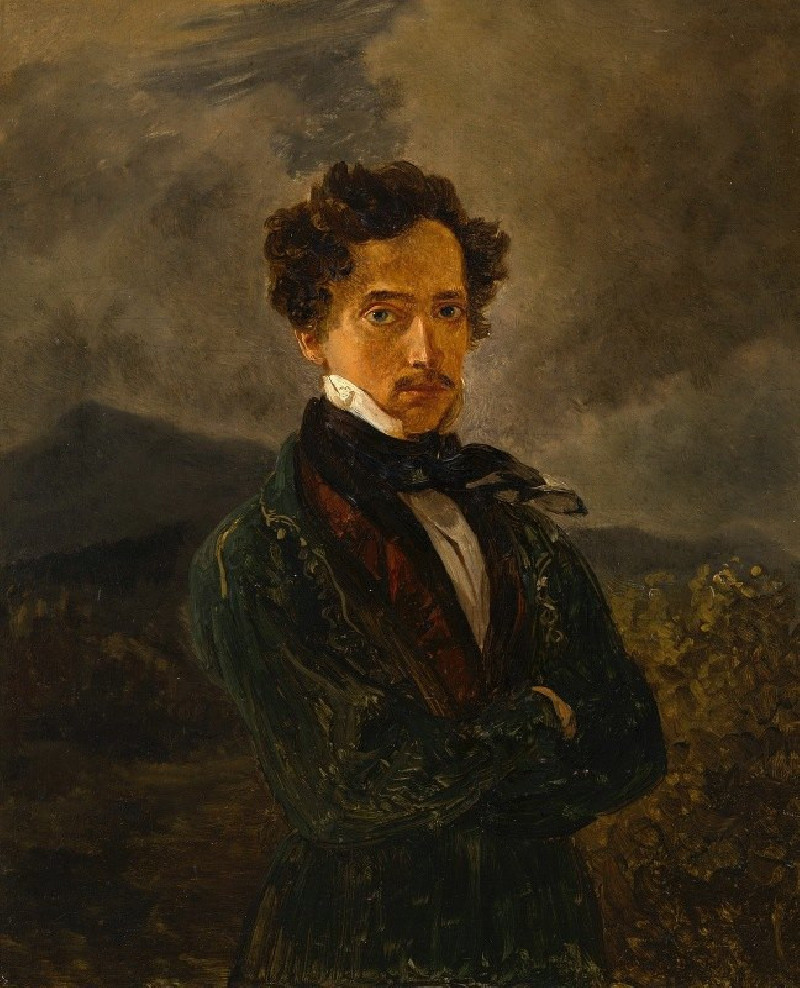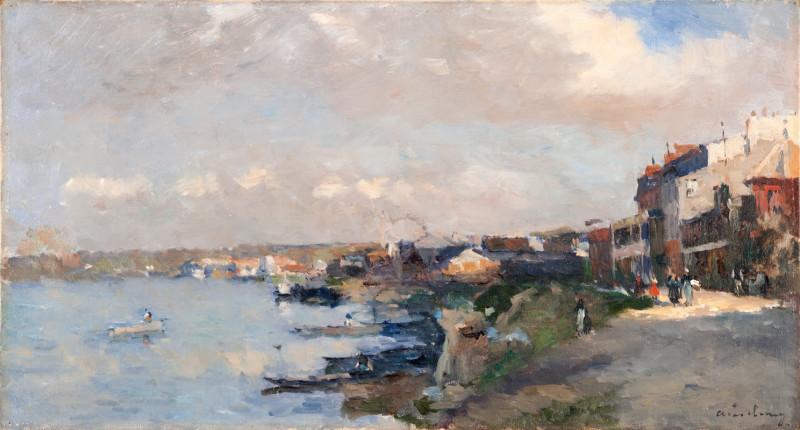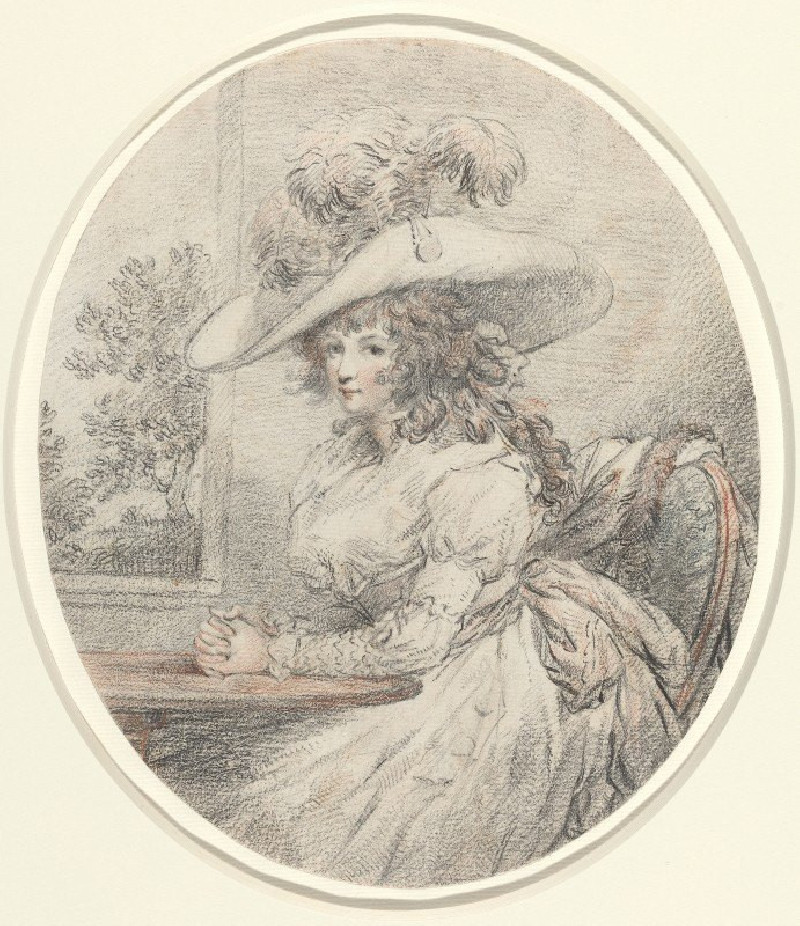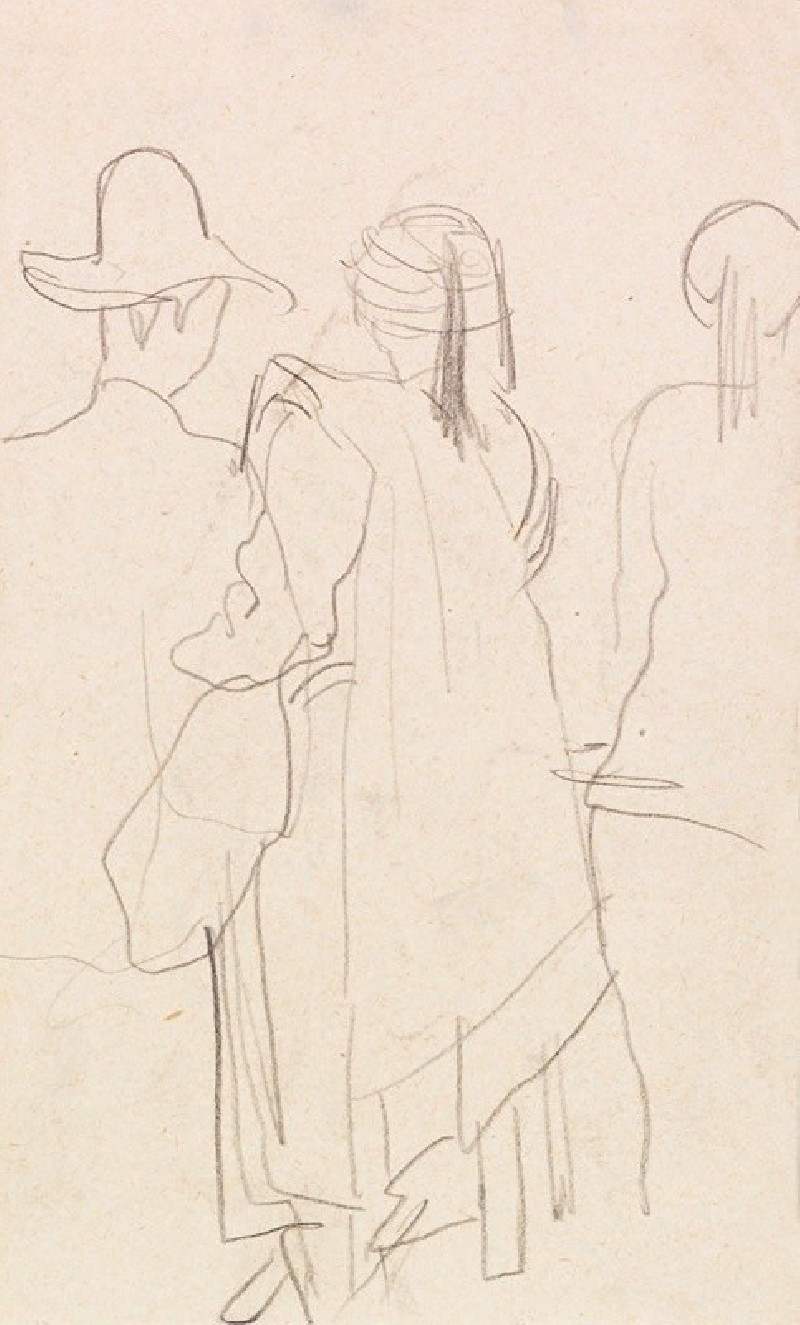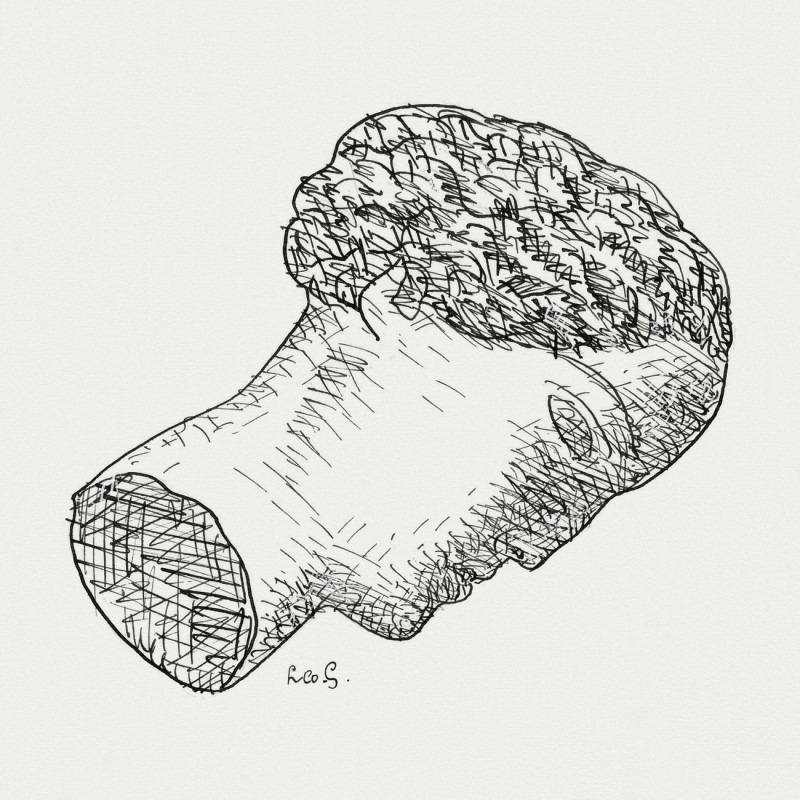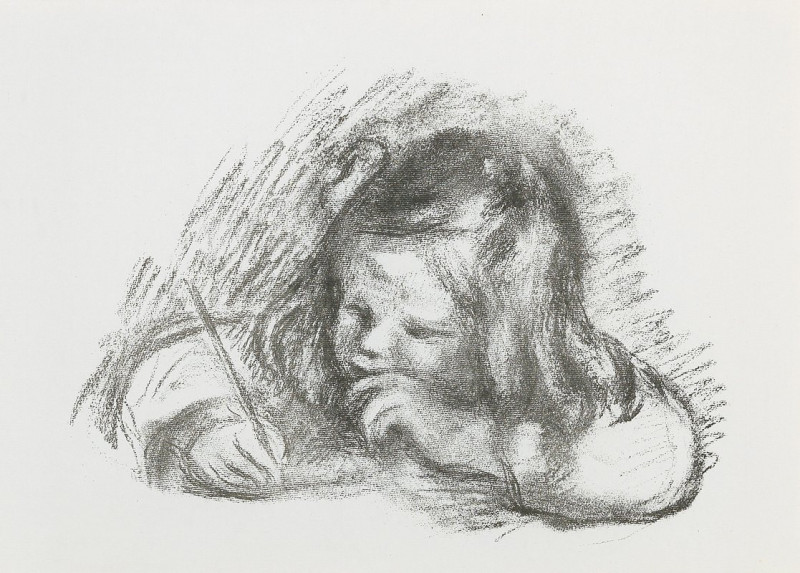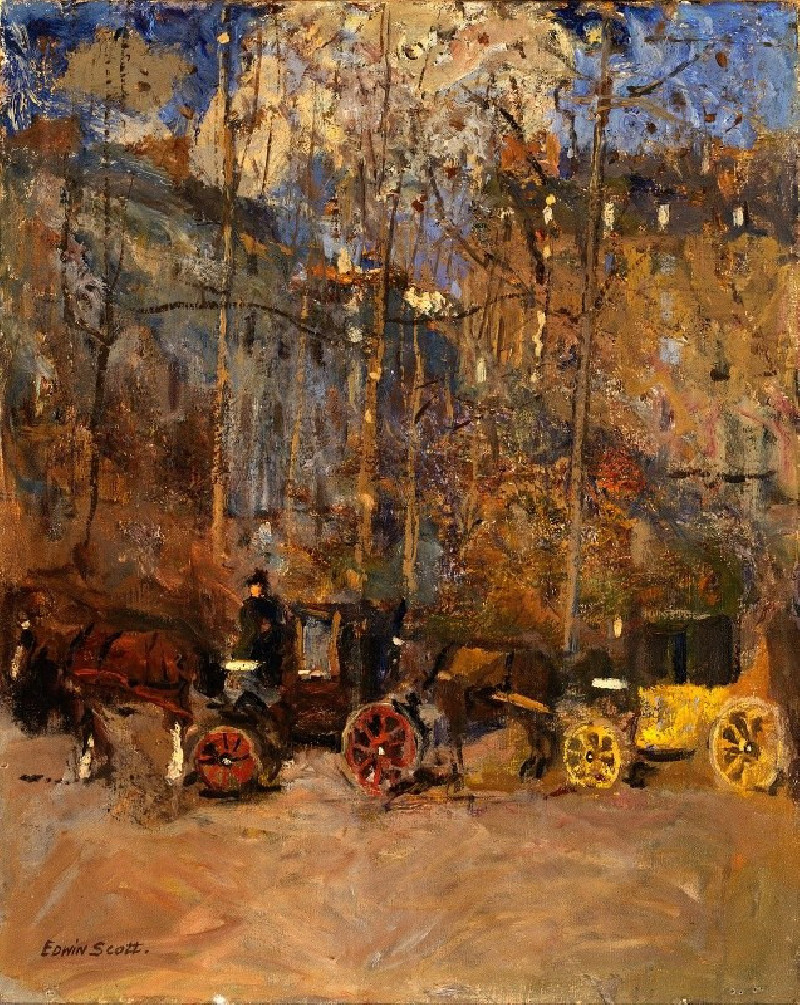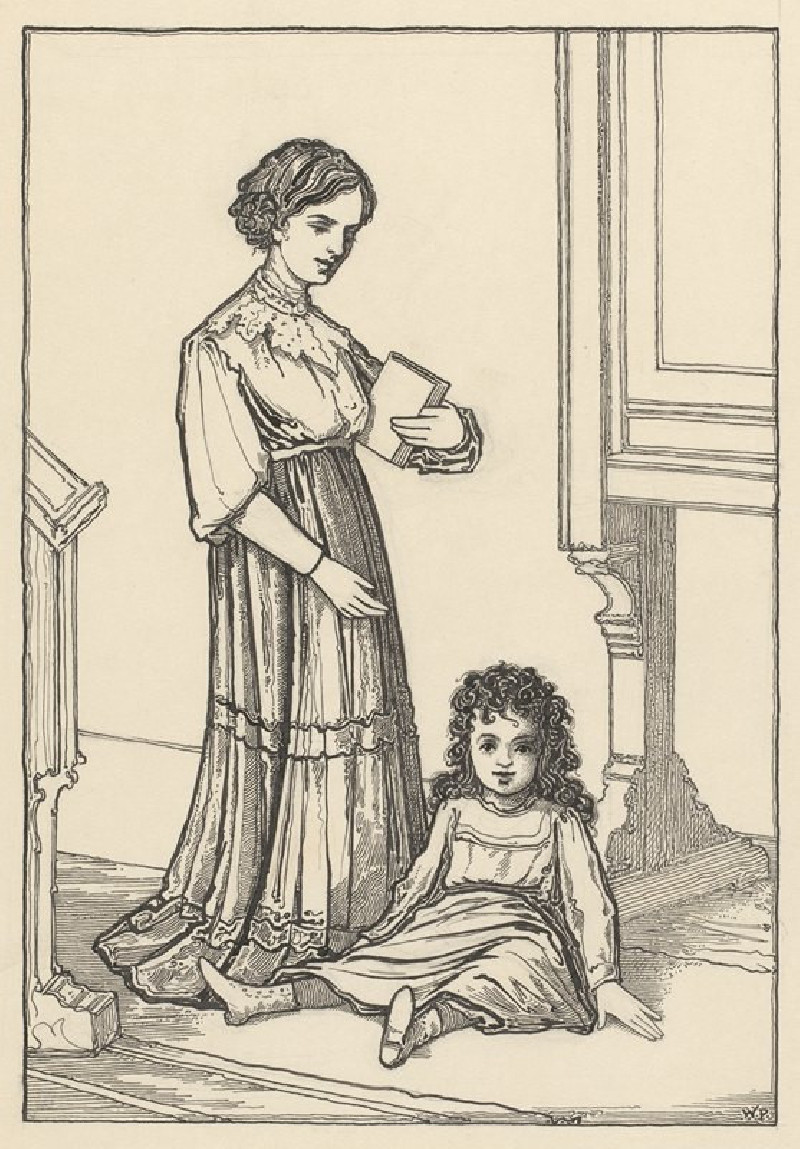Deformation (around 1921)
Technique: Giclée quality print
Recommended by our customers
More about this artwork
"Déformation" by Karl Wiener, circa 1921, is a captivating work that dives into the abstraction manifest during the early 20th century. The painting is an expressive experiment in which a variety of vivid, dynamic lines and shapes intersect and overlay, creating an almost architectural structure. The use of multiple, rich colors—from striking pinks to deep blues and vibrant greens—enhances the visual complexity, suggesting movement and transformation. This piece is characteristic of Wiener’s innovative approach, which involves distorting forms and perspectives to evoke emotional and cognitive responses from viewers.The artwork, rendered in colored pencil, reflects a period of bold experimentation and a departure from traditional visual forms. It invites interpretation and thought, asking the viewer to consider the nature of form and deformation. The expressive color palette and the skewed perspective play on the senses, making "Déformation" a fascinating study of visual perception and the potential of simple tools to create deeply stirring artworks.

